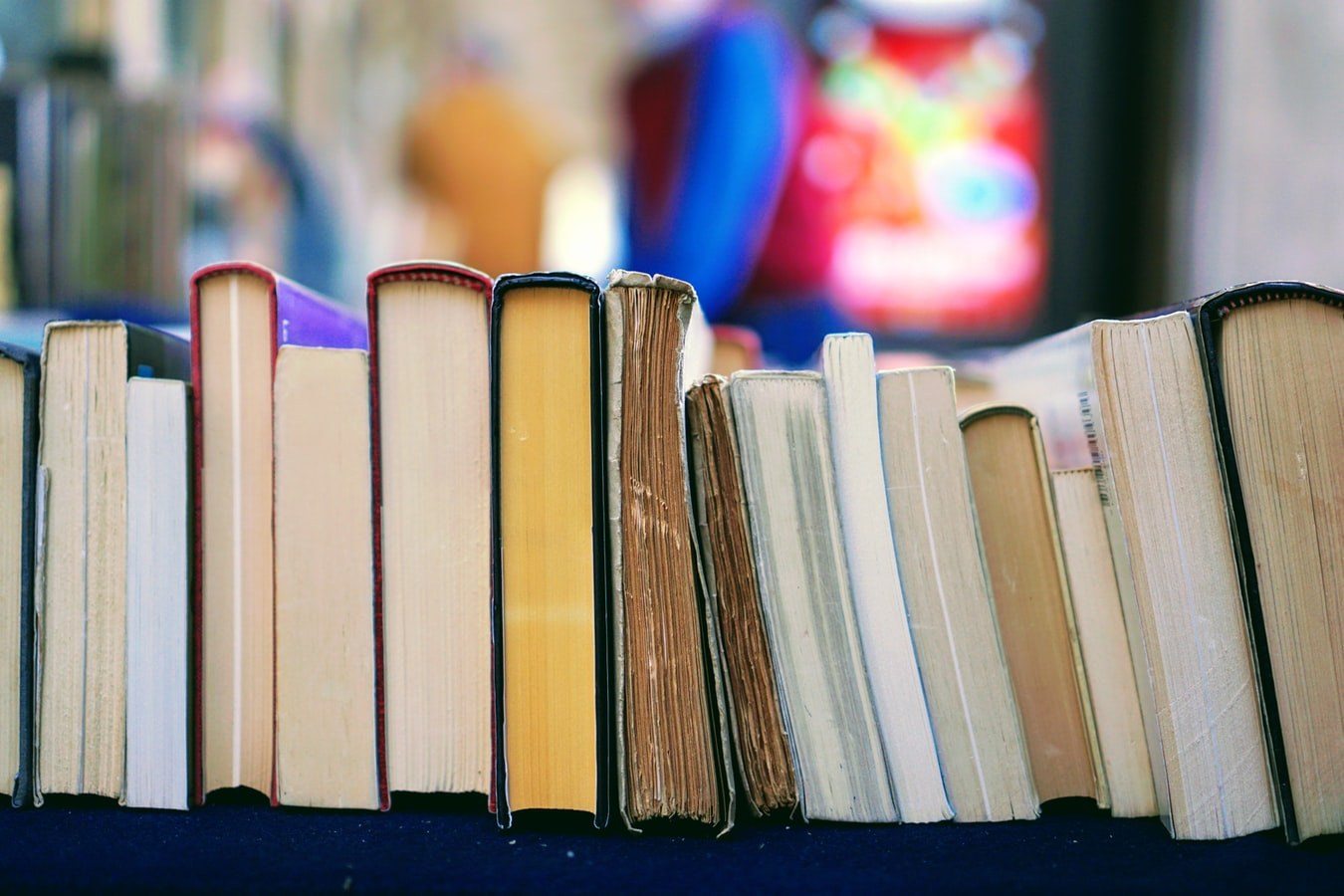Get Kids Reading Great Global Literature
Posted on August 07, 2017

Can children understand great world literature, including literature not written specifically for children? Based on our own experiences, and on feedback from teachers using WWB Campus, the answer seems to be yes.
As some readers may know, this website draws on literature from the magazine Words Without Borders, which seeks to publish the "finest contemporary international literature." Although the magazine has published some special issues devoted to children's and young adult literature, most of the work is for a general audience. So, when we started this website, we assumed that it would mainly be used in high school and college classrooms. However, over the past few years, we have heard from a number of elementary and middle school teachers who are successfully using the literature with their students. We've also heard from other teachers of younger students who are interested in doing the same.
As Kenneth Koch, Ken Ludwig, and others have argued, giving children emotionally gripping, complex literature can help their reading and writing grow by leaps and bounds. To help children engage with these works, Koch suggests:
- Selecting literature with vivid, dramatic language, imagery, and characters
- Giving children the chance to make the literature their own, using the texts as inspirations for their writing
When it comes to great world literature, we would also add:
3. Building children's understanding of the particular cultures within which the works were written.
Below, we've provided suggestions of poems, stories, and graphic literature that work with a wide range of ages, from children to adults. When you click on a piece of literature, you'll find definitions of culturally specific words and other relevant information in the "About," "Context," and "Playlist" tabs. For creative writing suggestions modeled on the literature, just click the "Teaching Ideas" tab on the far right.
Poetry
Originally written in the indigenous Purépecha language, "Purépecha Mother" begins with the line, "She is not a queen." It would fit into a unit on indigenous cultures and could inspire students' poetry about important, "ordinary" people in their own lives.
"Do Not Tremble," a poem from Japan, was written in response to the 2011 earthquake, and gives the reader a sense of what it feels like to be in the midst of a natural disaster. It could complement a unit on the environment, and students could write their own poems responding to natural phenomena.
Had enough of haikus? Take a look at "Poem to the Tune 'Pure Peace'," which was written in the lesser-known jueju form; the word means "cut-off lines," and the unusual imagery in this poem will inspire students' own efforts. (See Teaching Idea #1.)
Stories
"It's a Chick, Not a Dog" is an Egyptian children's story. The main character is a young girl with a pet dog; she is having trouble understanding her mother's relationship with a pet chick.
- Do your students draw comics? "A Drifting Life" is an excerpt from the memoir of one of Japan's most famous manga creators, describing a childhood encounter with a personal hero.
For upper elementary to middle school students:
- "Once Upon a Swing," from Japan, asks, "What's it like to be the older sister of a genius?" (You might teach it alongside Madeline L'Engle's A Wrinkle in Time, which addresses a similar theme.) It includes the brother's fanciful, fairy-tale-influenced stories, which blend fantasy and reality, and which will help inspire students' work.
- From Mexico, "A Failed Journey" features a lovable, relatable main character, a girl who steals her classmate's pencil and sneaks away to McDonald's after school.
If you are also looking for global literature written specifically for children, there are some very good resources that can help you find the books that are right for your classroom. The list below is based on a handout Kathy G. Short distributed at this year's NCTE Whole Language Institute conference; Dr. Short is herself the head of the World of Words program at the University of Arizona.
- World of Words, featuring the helpful guide "Evaluating Global Literature for Authenticity"
- The International Board on Books for Young People (IBBY) and its US section
- Children's Africana Book Awards
Have you ever tried teaching "great" world literature to children? What does "great" mean to you? Let us know on the Facebook or Contact page.



